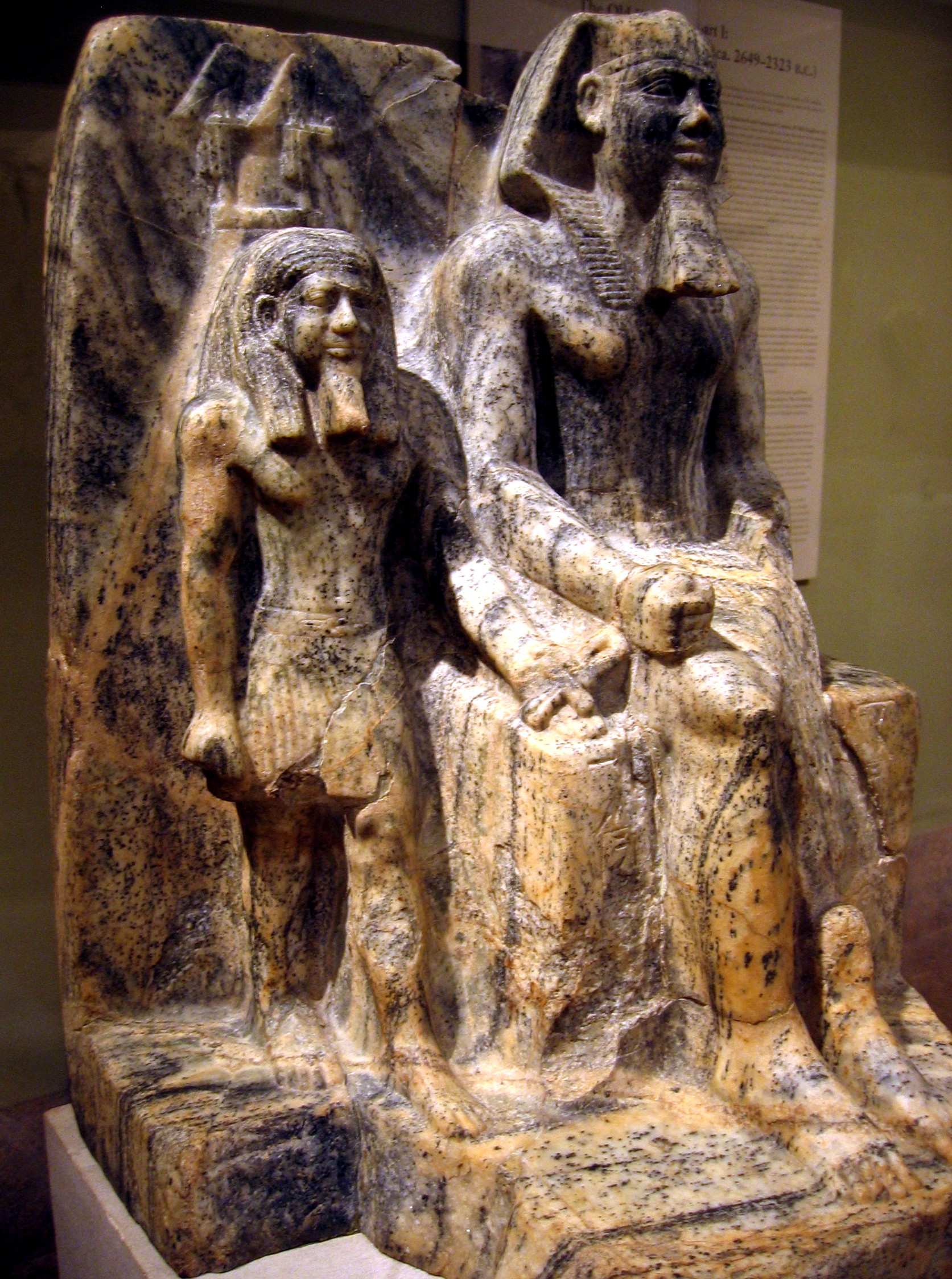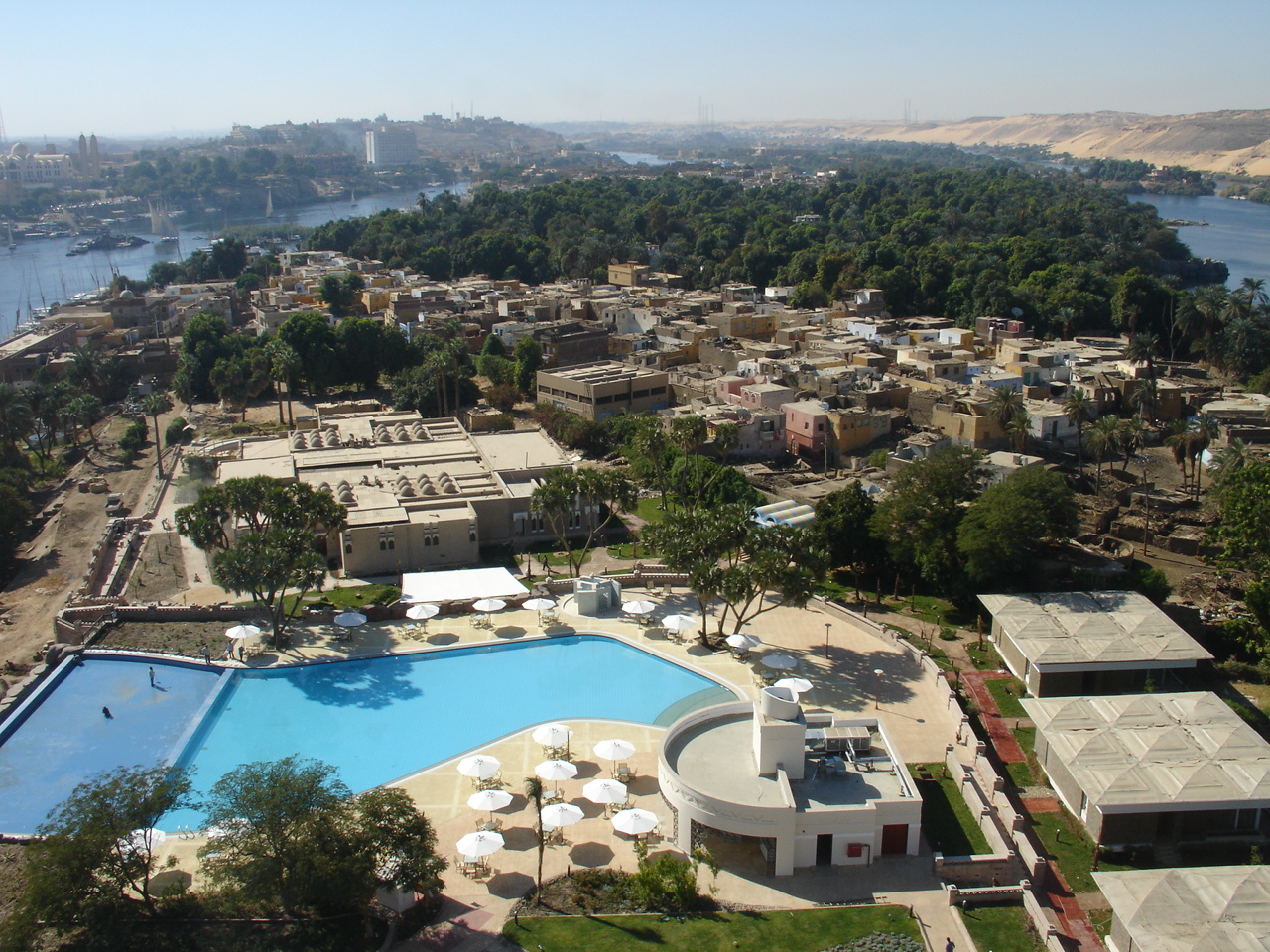|
User (ancient Egyptian Official)
User was an ancient Egyptian nomarch (governor) of the Eight Dynasty. User is mainly known from a false door found at Khozam (ancient Iushenshen) in 1884. The monument is about one meter high and is made of graywacke. It is today in the Egyptian Museum The Museum of Egyptian Antiquities, known commonly as the Egyptian Museum or the Cairo Museum, in Cairo, Egypt, is home to an extensive collection of ancient Egyptian antiquities. It has 120,000 items, with a representative amount on display ... in Cairo.Catalogue Generale 1442 Here User bears a long string of important titles, such as ''Father of the god, beloved of the god'', '' Overseer of Upper Egypt'', ''overseer of the desert lands'' and ''overlord of the Coptite nome''. The latter title is the main title for nomarchs in the late Old Kingdom and First Intermediate Period. Furthermore he was ''overseer of priests'' and ''overseer of the Eastern and Western Deserts''. The most unusual title for a nomarch is ''king's el ... [...More Info...] [...Related Items...] OR: [Wikipedia] [Google] [Baidu] |
Nomarch
A nomarch ( grc, νομάρχης, egy, ḥrj tp ꜥꜣ Great Chief) was a provincial governor in ancient Egypt; the country was divided into 42 provinces, called nomes (singular , plural ). A nomarch was the government official responsible for a nome. Etymology The term ''nome'' is derived from grc, νομός ''nomós'' "province, district". ''Nomarch'' is derived from ''nomárkhēs'': "province" + "ruler". Egyptian history The division of the Egyptian kingdom into nomes can be documented as far back as the reign of Djoser of the 3rd Dynasty in the early Old Kingdom, c. 2670 BCE, and potentially dates even further back to the Predynastic kingdoms of the Nile valley. The earliest topographical lists of the nomes of Upper and Lower Egypt date back to the reign of Nyuserre Ini, of the mid 5th Dynasty, from which time the nomarchs no longer lived at royal capital but stayed in their nomes. The power of the nomarchs grew with the reforms of Nyuserre' ... [...More Info...] [...Related Items...] OR: [Wikipedia] [Google] [Baidu] |
Iushenshen
Iushenshen was an ancient Egyptian town in the Coptic nome in Upper Egypt. It is a few times mentioned in Ancient Egyptian sources. According to the ''Ramesside Onomastica'' the place was located south of Coptos. south of Coptos there is the modern town called Khozam where ancient monuments have been found, and it seems possible that Khozam was ancient Iushenshen. Near Khozam were excavated several cemeteries with some of them dating back to the Badarian Period (about 4000 BC). Near Khozam the false door of the local governor User and the false door of the overseer of Upper Egypt Tjauti were also found, they date to the very end of the Old Kingdom. These high officials were evidently buried here and it seems that the capital of the Coptite nome moved at the end of the Old Kingdom to this place. Iushenshen was destroyed in the First Intermediate Period. A stela of a certain Khenmes reports that he was sent to the town and rebuilt it.Maha Farid Mostafa: ''The Mastaba of SmAj ... [...More Info...] [...Related Items...] OR: [Wikipedia] [Google] [Baidu] |
Graywacke
Greywacke or graywacke (German ''grauwacke'', signifying a grey, earthy rock) is a variety of sandstone generally characterized by its hardness, dark color, and poorly sorted angular grains of quartz, feldspar, and small rock fragments or lithic fragments set in a compact, clay-fine matrix. It is a texturally immature sedimentary rock generally found in Paleozoic strata. The larger grain A grain is a small, hard, dry fruit ( caryopsis) – with or without an attached hull layer – harvested for human or animal consumption. A grain crop is a grain-producing plant. The two main types of commercial grain crops are cereals and legu ...s can be sand- to gravel-sized, and Matrix (geology), matrix materials generally constitute more than 15% of the rock by volume. The term "greywacke" can be confusing, since it can refer to either the immature (rock fragment) aspect of the rock or its fine-grained (clay) component. The origin of greywacke was unknown until turbidity currents and ... [...More Info...] [...Related Items...] OR: [Wikipedia] [Google] [Baidu] |
Egyptian Museum
The Museum of Egyptian Antiquities, known commonly as the Egyptian Museum or the Cairo Museum, in Cairo, Egypt, is home to an extensive collection of ancient Egyptian antiquities. It has 120,000 items, with a representative amount on display and the remainder in storerooms. Built in 1901 by the Italian construction company, Garozzo-Zaffarani, to a design by the French architect Marcel Dourgnon, the edifice is one of the largest museums in the region. As of March 2019, the museum was open to the public. In 2022, the museum is due to be superseded by the newer and larger Grand Egyptian Museum at Giza. History The Egyptian Museum of Antiquities contains many important pieces of ancient Egyptian history. It houses the world's largest collection of Pharaonic antiquities. The Egyptian government established the museum built in 1835 near the Ezbekieh Garden and later moved to the Cairo Citadel. In 1855, Archduke Maximilian of Austria was given all of the artifacts by the Egy ... [...More Info...] [...Related Items...] OR: [Wikipedia] [Google] [Baidu] |
Overseer Of Upper Egypt
The Overseer of Upper Egypt was an important Ancient Egyptian title during the Old and Middle Kingdom periods. The title appears first in the early Fifth Dynasty. The first title holder is the vizier Kay, who possibly lived during the reigns of Neferirkare Kakai and Nyuserre Ini. The office is well attested in the following years. Most titles holders had other high titles, many of them were viziers. In the Fifth Dynasty, the Egyptian provinces became more important. The central government installed an office in charge of the provinces. The first title holders were all officials at the royal residence A palace is a grand residence, especially a royal residence, or the home of a head of state or some other high-ranking dignitary, such as a bishop or archbishop. The word is derived from the Latin name palātium, for Palatine Hill in Rome which .... In later times also local officials were bearing the title.Juan Carlos Moreno García: ''The territorial Administration of the Kingdo ... [...More Info...] [...Related Items...] OR: [Wikipedia] [Google] [Baidu] |
Nomos Of Harawî
Harawî (also Herui) was a designated nomos in the area around Coptos in Upper Egypt. Harawî was once politically important, but during the 11th Dynasty, it was overshadowed by Thebes in the nomos of Waset. Another important town in the nomos was Ombos, the main cult place of the deity Seth. A third important place was Iushenshen, that became at the very end of the Old Kingdom capital of the nome, at least for a certain period. The Harawî nomos was at the starting point of the two great routes leading to the coast of the Red Sea, the one towards the port Tââou ( Myos Hormos), the other more southerly, towards the port of Shashirît ( Berenice Troglodytica). The nome is first mentioned in the tomb of the king's son Netjeraperef at Dahshur, who dates under Snofru Sneferu (wikt:snfr-wj, snfr-wj "He has perfected me", from ''Ḥr-nb-mꜣꜥt-snfr-wj'' "Horus, Lord of Maat, has perfected me", also read Snefru or Snofru), well known under his Hellenization, Hellenized ... [...More Info...] [...Related Items...] OR: [Wikipedia] [Google] [Baidu] |
Shemay
Shemay (also Shemai) was an ancient Egyptian official and later vizier toward the end of the 8th Dynasty (22nd century BCE) during the First Intermediate Period, mainly known for being the beneficiary of most of the Coptos Decrees. His career has been interpreted as a glaring sign of the extreme weakness of the central power, forced to bestow great privileges to maintain the loyalty of powerful local governors.Alan Gardiner''Egypt of the Pharaohs: an introduction'' Oxford University Press, 1964, p. 108; quote: "But perhaps the most persuasive evidence of their short-lived domination is offered by some inscriptions discovered by Raymond Weill at Coptos in 1910–11. Under the ruins of a structure of Roman date were found carefully towed away a number of decrees carved in hieroglyphic on slabs of limestone, some dating from the reign of Pepy II, and most of them designed to protect the temple of Min and its priesthood from interference and the corvee. But among them as many as ... [...More Info...] [...Related Items...] OR: [Wikipedia] [Google] [Baidu] |
Elephantine
Elephantine ( ; ; arz, جزيرة الفنتين; el, Ἐλεφαντίνη ''Elephantíne''; , ) is an island on the Nile, forming part of the city of Aswan in Upper Egypt. The archaeological sites on the island were inscribed on the UNESCO World Heritage List in 1979 along with other examples of Upper Egyptian architecture, as part of the " Nubian Monuments from Abu Simbel to Philae" (despite Elephantine being neither Nubian, nor between Abu Simbel and Philae). Geography Elephantine is from north to south, and is across at its widest point. The layout of this and other nearby islands in Aswan can be seen from west bank hillsides along the Nile. The island is located just downstream of the First Cataract, at the southern border of Upper Egypt with Lower Nubia. This region above is referred to as Upper Egypt because it is further up the Nile. The island may have received its name after its shape, which in aerial views is similar to that of an elephant tusk, or from the r ... [...More Info...] [...Related Items...] OR: [Wikipedia] [Google] [Baidu] |
People Of The Eighth Dynasty Of Egypt
A person ( : people) is a being that has certain capacities or attributes such as reason, morality, consciousness or self-consciousness, and being a part of a culturally established form of social relations such as kinship, ownership of property, or legal responsibility. The defining features of personhood and, consequently, what makes a person count as a person, differ widely among cultures and contexts. In addition to the question of personhood, of what makes a being count as a person to begin with, there are further questions about personal identity and self: both about what makes any particular person that particular person instead of another, and about what makes a person at one time the same person as they were or will be at another time despite any intervening changes. The plural form "people" is often used to refer to an entire nation or ethnic group (as in "a people"), and this was the original meaning of the word; it subsequently acquired its use as a plural form of p ... [...More Info...] [...Related Items...] OR: [Wikipedia] [Google] [Baidu] |




_1938.jpg)